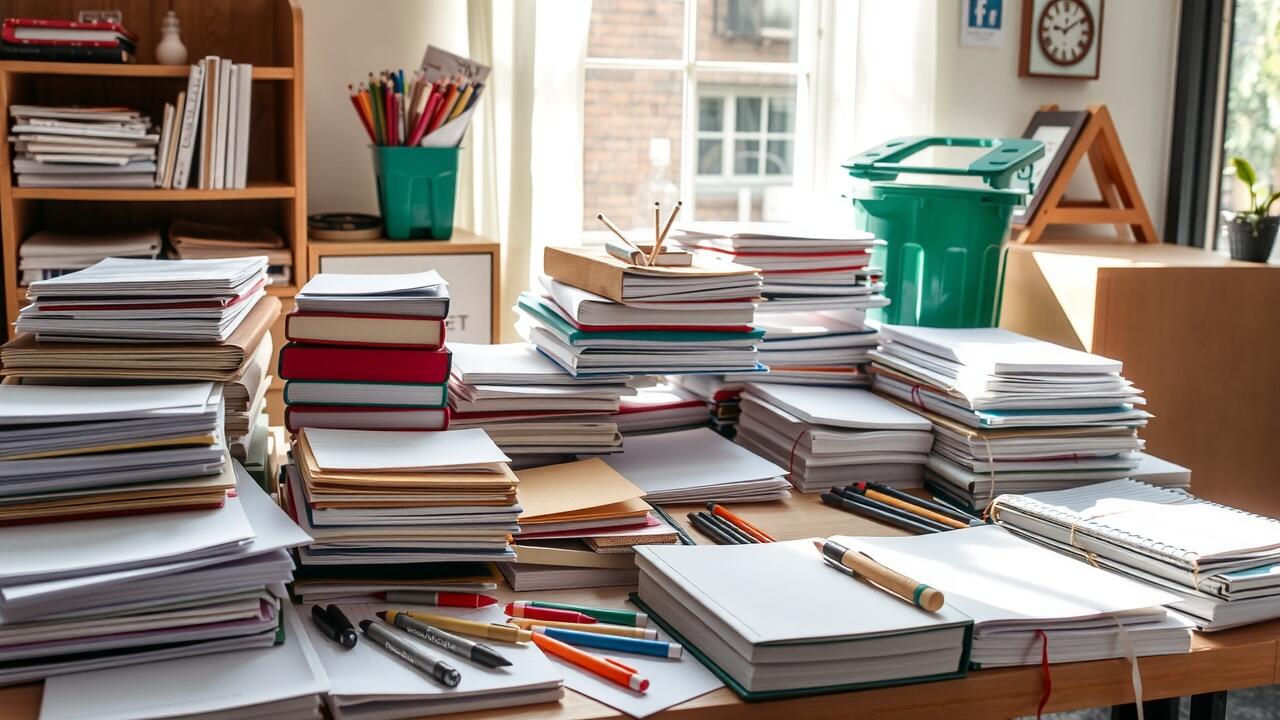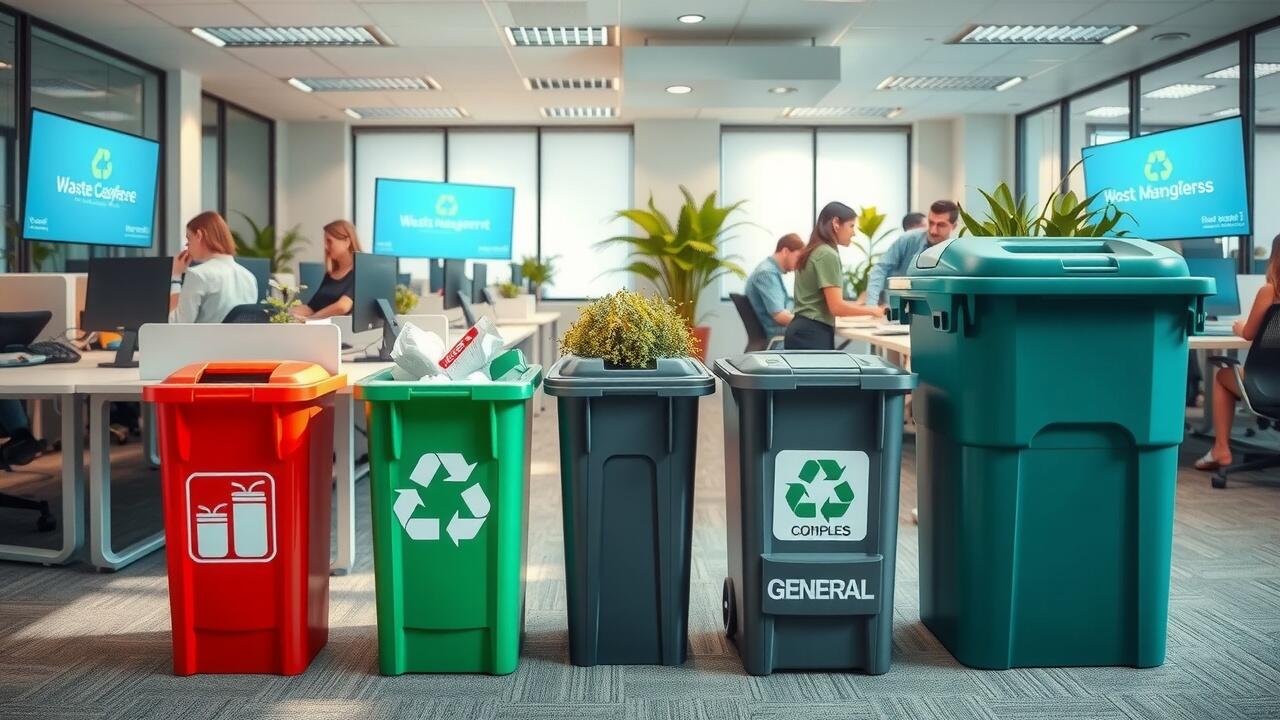It’s kind of wild when you think about it. We just… throw things away. We pay people to haul away dumpsters full of… what? Most of us have no idea. We’re literally paying to get rid of stuff that might actually be valuable, or at least not cost so much to dispose of. I used to see it at my old job, the bins were always a mess. It just feels like setting money on fire. An office waste audit is, to be honest, just a way to stop guessing. It’s the only real way I’ve found to figure out what’s actually in the trash, cut those disposal bills, and maybe even hit those sustainability goals people talk about. This guide is basically how I learned to do it, how to get the real numbers, and then (the important part) how to make those numbers work for you.
I’ll admit, at first I just thought it was a “green” thing, a chore. But it’s not. It’s really a business intelligence tool, if you want to get fancy about it. It’s a hands-on, no-nonsense way of collecting and sorting what you toss to get cold, hard data on what you’re throwing away and, more importantly, why. When you start looking at it that way, the benefits just click.
Benefit 1: Stop Paying for “Air” and Wrong-Sized Services. Use data to “right-size” your dumpsters and pickup schedules. (e.g., “Are you paying for a weekly pickup on a dumpster that’s only 60% full?”).
Benefit 2: Recover Valuable Assets. Show how many “trash” items are actually valuable commodities (cardboard, aluminum, office paper). You’re paying to have them hauled away instead of recycled.
Benefit 3: Streamline Your Office & Staff Operations. Use audit data to optimize bin placement, reduce clutter, and make it simple for employees to do the right thing—improving overall cleanliness and efficiency.
Benefit 4: Get Data That Drives Real Sustainability. Move beyond “green” goals and get the exact metrics needed for corporate responsibility reports and to prove your environmental commitment.
The 10-Minute Audit vs. The 10-Second Call
Look, you can see the benefits. But here’s the thing: doing it yourself is powerful. I won’t lie, it’s an eye-opening process. But it’s also… well, it’s work. A professional audit is just easy. Honestly, if you’re already sold on the “why” and just want the results without, you know, sorting through office trash, that’s an option. Frontier Waste Solutions can take this whole thing off your plate and just give you the roadmap to the savings. It’s skipping the messy part and getting straight to the results.
Get Your Free Audit Consultation
Executing Your 5-Step Office Waste Audit
Okay, so if you are going to do this yourself (which, again, is super valuable), you want to do it right. This is the “how-to” part. It’s not as bad as it sounds, but you do need a plan. This is all about getting trustable, real-world information, not just a random guess.
Step 1: Plan for an Accurate Snapshot
This part is all about prep. You can’t just grab one bag on a Tuesday and call it a day. You need a real, average picture of what your office throws out.
Choose Your Timeframe: Select a typical 3-5 day business period. Avoid holidays or unusual office events.
Assemble Your Team & Supplies: Notify your staff and custodial crew. Gather your toolkit: a digital scale, safety gloves, goggles, tarps, and clearly labeled sorting bins.
(Conversion Tactic: Offer a “Free Download: Your Waste Audit Tracking Sheet” here in exchange for an email).
Step 2: Collect All Waste Streams (Don’t Miss Anything)
This is pretty straightforward but critical. You have to catch all the trash before it heads to the big dumpster outside.
And I mean all of it. It’s really easy to just grab the office bins and forget about the breakroom (which is usually the worst offender… so much food waste). Don’t forget the copy rooms or even the restrooms. You need the full picture, not just the easy parts.
Step 3: The Sort: Categorize and Weigh Your Findings
Alright, this is the main event. It’s not glamorous. You’re going to want that tarp. Get all your bags, empty them out, and just… sort. Like you’re sorting laundry, but, you know, with trash. This is the “audit.”
It’s important to have your categories figured out before you start. Essential Categories: Office Paper, Cardboard, Aluminum Cans, Plastic Bottles (#1 PET), Other Plastics, Food Waste (Compostable), and True Landfill. Get a weight for each one. Write it all down on that tracking sheet. This is your data.
Step 4: Analyze Your Data (The “Aha!” Moment)
This is my favorite part. It’s where all those numbers on your sheet suddenly mean something. You just turn the raw weights into simple percentages. It’s not complicated math.
This is where you get that “Aha!” moment. I remember the first time I did this, it hit me: “Wow, 35% of what we’re paying to ‘throw away’ is just clean cardboard.” That’s not trash, that’s a resource.
You’ll also spot the problems right away. You’ll see things like, “Okay, half of our paper recycling is soaked in coffee and ketchup from the breakroom.” That’s contamination, and it’s the kind of thing you can actually fix.
Step 5: Report Your Key Opportunities
Now, don’t just make a list of what’s wrong. That doesn’t help anyone. You want to frame everything as an opportunity.
Use that data to make 3-5 really simple, actionable recommendations. Don’t say “We’re bad at recycling.” Say: Example: “Opportunity: Add dedicated compost bins to the two main breakrooms to divert 150 lbs of waste from landfill weekly.” Or: Example: “Opportunity: Create new, visual-based recycling signs to fix our 50% contamination rate.” See? It’s a solution, not just a complaint.
From Data to Action: Turning Your Audit into Real-World Efficiency
This is so important. Having a report full of data doesn’t save you a single penny. It’s just a piece of paper. The action you take after the audit is what saves you money.
The data is your blueprint, but you still have to build the house.
And honestly, this is where most people get stuck. The real challenge is the follow-through. It’s changing habits, getting new bins, maybe even talking to your waste vendor, and making sure the new plan is actually… you know… working. And that it’s not just making more work for everyone.
Don’t Just Audit. Optimize.
If you’ve done the audit, please don’t let all that hard work (and data) just sit on a shelf and go to waste.
This is where a partner can make all the difference. Frontier Waste Solutions can take those audit findings and turn them into a real, managed, optimized program. The idea is, they don’t just hand you a report and say “good luck.” They help get you the right bins, figure out the right pickup schedule… they’re the ones who help you actually cut the costs and make the office more efficient. For good.
It’s really about turning those “opportunities” you found into “actual savings” on your bill.
Stop Guessing. Start Saving.
Get My Custom Waste Plan See Our Commercial Waste Services




